Neils Peter Lemche (link is to my posts referencing NPL) has reviewed archaeologist Yonatan Adler’s The Origins of Judaism (link is to my post on Adler’s book) and related its evidence and argument to the work of Russell Gmirkin’s Plato and the Hebrew Bible. — on which I have posted in depth here.
Lemche’s review is available on the website of the Scandinavian Journal of the Old Testament but Yonatan Adler has made it available to all through his academia.edu page.
The key takeaways in the review, I think, are:
This book is not written by a traditional biblical scholar but by an archaeologist having his background not in biblical studies but in Judaistic studies. . . . His task is accordingly not to trace the development of the Torah as if it is something given from Israel’s very beginnings but to find out when its commandments were understood to be normative.
And the “trick” is to follow the normative methods of historical research as it is practised (as far as I am aware) in most fields outside biblical studies:
. . . Adler’s trick: Not to assume in advance what the Bible tells us about the institutions of ancient Israel but to trace the time when the commandments behind these institutions are operative.
And further — what I have found to be so outrageously controversial among so many with an interest in “biblical studies”:
Adler’s methodology is impeccable and indeed factual. His basis assumption is like Occam’s razor: If there is no trace of something, there is no reason to assume that this something existed.
And the point that I have posted about so often here:
The conclusion is that when we move backwards beyond the Hasmonean Period we have no evidence of the [biblical] commandment being followed.
Conclusion:
I’m glad he introduced the Mesopotamian law codes that too many have casually assumed lie behind the biblical laws:He notes correctly that the very concept of a written law was unknown in the ancient Near East — the famous Babylonian law codices were scholarly or academic literature as generally accepted today. Never do we find a reference to the Codex Hammurabi in the thousands and thousands of documents of court decisions which have survived.
And then we move close to where Russell Gmirkin’s research has taken us:
However, the idea of the Torah as a written law to be followed by any person accepting its jurisdiction, is something different, and Adler looks to Greece for seeing this function of the law as a written document.
and it follows that Adler’s research . . . .
only supports the assumption that the Hebrew Bible originated within a context which was definitely impressed by Greek ideas.
Sadly Niels Peter Lemche finds it advisable to warn Yonatan Adler of a hostile reaction that many of us who have attempted to discuss these issues dispassionately with so many biblical scholars have come to expect:
But he should be prepared for what may be sent in his way in so far as his study is of the utmost importance for the present reorientation of the study of the origins of the Bible.

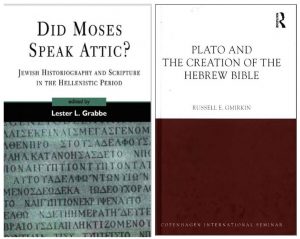
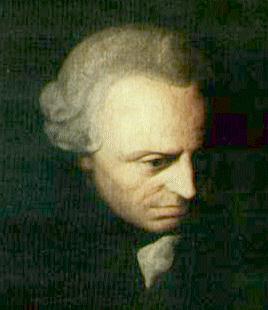
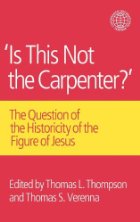




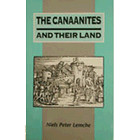
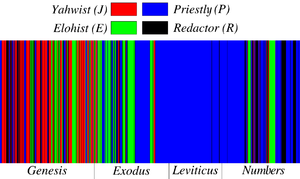
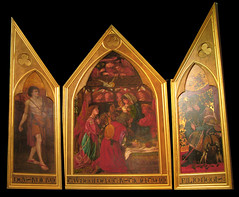

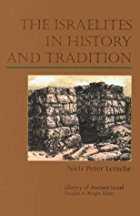 This post is based on a discussion by Niels Peter Lemche in
This post is based on a discussion by Niels Peter Lemche in